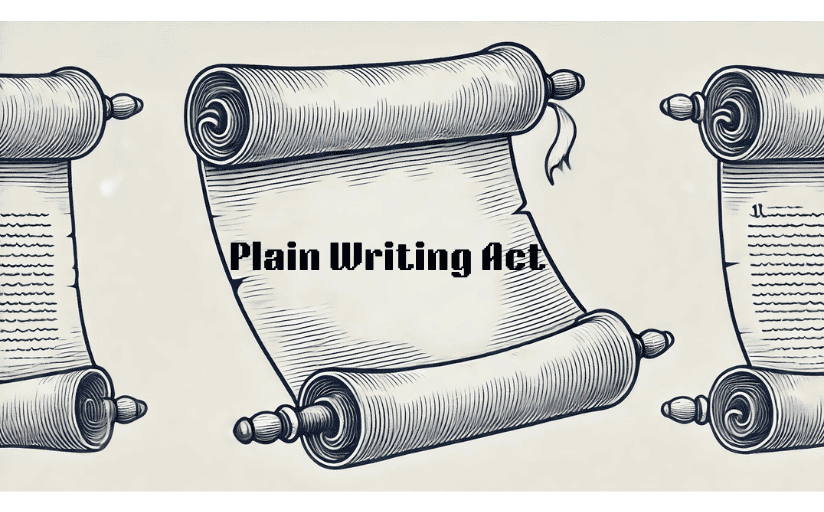I have several friends who are so wrapped up in a fandom or academic concept that the words that spew from their mouths sound like an entirely different language. “What? Speak English, please,” I laugh, not understanding a word. OK, so maybe I am one of those friends. If you’ve ever experienced this – or had a friend say this phrase to you – you may have experienced the need for plain language.
Also known as “plain English,” and sometimes referred to as “layman’s terms,” plain language is the use of words spoken or written in such a way that a general audience understands them. In writing, this means the readers can easily find and use what they need from the provided material. The use of plain language is so important in modern society that the Plain Writing Act of 2010 took effect in the United States in October 2011. This requires federal agencies to use the best practices of plain writing with press releases, forms, and any other document for public distribution. Take that, legalese.
How to Write in Plain Language
Plain language is difficult to precisely define, but it tends to have distinctive characteristics that set it apart from technical or academic writing:
- Logical flow of information
- Organized
- Easy to read
- Common words
- Short sentences
- Active sentence structure
When reading over your writing, keep in mind who the target audience is. Ask yourself if you were just an average person coming across this information, would you understand it? Is it easy to read? Can you use it?

What Are the Benefits of Writing in Plain Language?
There is nothing wrong with using academic or technical vocabulary recognized by people who have a thorough understanding of the topic or industry. I mean, did you see that conversion in the fourth quarter by the running back? Unless you’re talking to a football fan, that’s gobbledygook.
Plain English allows audiences to understand information even if they don’t have an extensive background in the subject matter. Using plain words appeals to a wider audience and lets writers expand their readership. This type of writing opens the door and welcomes everyone in with a smile, regardless of their background, which is an essential component of SEO.
People are more likely to visit your webpage if you use words they understand. Formal or industry-specific writing, while appropriate for some publications, may alienate those who are not in the vocabulary loop. If a reader can’t understand, find or use what they’re looking for in your book, branded blog or website, they’re bound to search elsewhere. Using simple language is an effective business technique that keeps your audience (or customers) coming back.
No Dictionary Needed
The ultimate goal of using plain English is that the audience understands the information. There is no single technique writers can use for writing plainly other than to keep this result in mind. If you have to constantly refer to your dictionary in order to understand what you’re reading, chances are high that it’s not plain language. When it comes to reaching out to a wider audience on the internet, plain language is essential.
How do you feel about plain language? Do you prefer to use it in your writing? Sound off in the comments below!


Leave a Reply